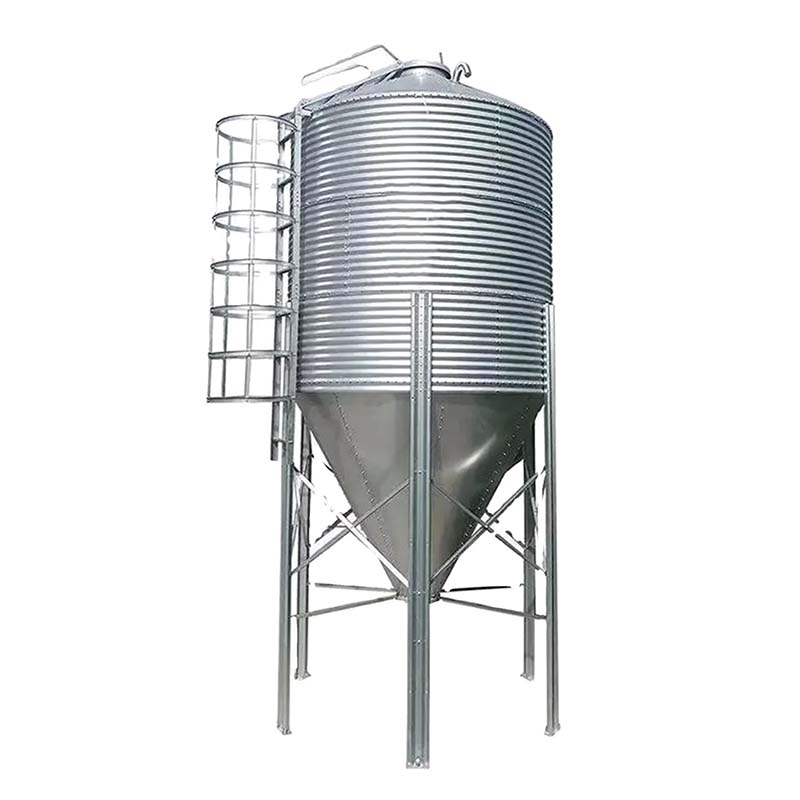Innovations in Spacious Poultry Housing for Enhanced Livestock Welfare and Efficiency
Nov . 10, 2024 22:30 Back to list
Innovations in Spacious Poultry Housing for Enhanced Livestock Welfare and Efficiency
Large Scale Poultry Housing Innovations and Best Practices
As the global population continues to rise, so does the demand for poultry products. Consequently, large-scale poultry housing has emerged as a critical component in the poultry industry, facilitating efficiency, productivity, and sustainability. This article explores the innovations and best practices associated with large-scale poultry housing, highlighting its importance for modern agriculture.
The Evolution of Poultry Housing
Historically, poultry farming was predominantly a small-scale endeavor, often conducted in backyards or small farms. However, with increased demand for poultry meat and eggs, the industry has transformed into a large-scale operation. Modern poultry housing systems have evolved significantly, incorporating advanced technologies and management practices to optimize production while ensuring the well-being of the animals.
Design and Structure of Large-Scale Poultry Houses
The design of poultry housing is crucial for maximizing efficiency and animal welfare. Modern poultry houses typically feature a few key elements
1. Space Management Adequate space is vital for the health and productivity of the birds. Large-scale poultry houses are designed to provide sufficient room for movement, thus minimizing stress and aggression among the flock.
2. Ventilation Proper ventilation is essential for maintaining a comfortable environment within the poultry house. It helps regulate temperature, humidity, and air quality, which are critical for the birds' health. Advanced systems, such as tunnel ventilation and evaporative cooling, are commonly employed in large-scale operations.
3. Lighting Lighting plays a significant role in the behavior and productivity of poultry. Modern housing designs incorporate lighting systems that mimic natural daylight cycles, promoting healthy growth and laying patterns.
4. Biosecurity Systems Large-scale poultry operations are susceptible to disease outbreaks. Implementing biosecurity measures, such as controlled access, sanitation protocols, and isolation of sick birds, is essential in maintaining flock health and preventing economic losses.
Innovative Technologies in Poultry Housing
Advancements in technology have significantly enhanced the efficiency and sustainability of large-scale poultry housing. Key innovations include
large scale poultry housing

1. Automated Feeding and Watering Systems Automation reduces labor costs and ensures that birds receive consistent and adequate nutrition and hydration crucial for optimal growth rates.
2. Environmental Control Systems Modern poultry houses are equipped with sophisticated climate control systems that monitor and adjust temperature, humidity, and ventilation in real time, creating an optimal living environment for the birds.
3. Waste Management Technologies Effective waste management is crucial in large-scale poultry operations to minimize environmental impact. New technologies, such as composting and anaerobic digestion, help convert waste into valuable by-products, such as organic fertilizers and biogas.
4. Data Analytics The integration of data analytics into poultry farming allows farmers to track growth patterns, monitor health metrics, and optimize feed efficiency. This data-driven approach enhances decision-making and improves overall farm management.
Sustainability and Animal Welfare
As consumers become increasingly aware of the environmental and ethical implications of food production, the poultry industry is under pressure to adopt sustainable practices. Large-scale poultry housing can contribute to sustainability through
1. Resource Efficiency Using advanced technologies enables farms to optimize resources, such as water and feed, thereby reducing waste and environmental impact.
2. Animal Welfare Standards Meeting animal welfare standards is essential for consumer acceptance. Large-scale operations are increasingly implementing practices that enhance the quality of life for birds, such as improved housing conditions and access to outdoor spaces.
3. Carbon Footprint Reduction Innovations in poultry housing, such as energy-efficient designs and renewable energy sources, contribute to reducing the carbon footprint of poultry farming.
Conclusion
Large-scale poultry housing is a vital aspect of the modern poultry industry, driving efficiency, productivity, and sustainability. By embracing innovative technologies and best practices, poultry farmers can meet the growing global demand for poultry products while ensuring the welfare of their birds and minimizing environmental impact. As the industry continues to evolve, the focus on sustainable and responsible poultry farming will be crucial in securing a sustainable future for food production.
-
Hot Sale 24 & 18 Door Rabbit Cages - Premium Breeding Solutions
NewsJul.25,2025
-
Automatic Feeding Line System Pan Feeder Nipple Drinker - Anping County Yize Metal Products Co., Ltd.
NewsJul.21,2025
-
Automatic Feeding Line System Pan Feeder Nipple Drinker - Anping County Yize Metal Products Co., Ltd.
NewsJul.21,2025
-
Automatic Feeding Line System - Anping Yize | Precision & Nipple
NewsJul.21,2025
-
Automatic Feeding Line System - Anping Yize | Precision & Nipple
NewsJul.21,2025
-
Automatic Feeding Line System-Anping County Yize Metal Products Co., Ltd.|Efficient Feed Distribution&Customized Animal Farming Solutions
NewsJul.21,2025






